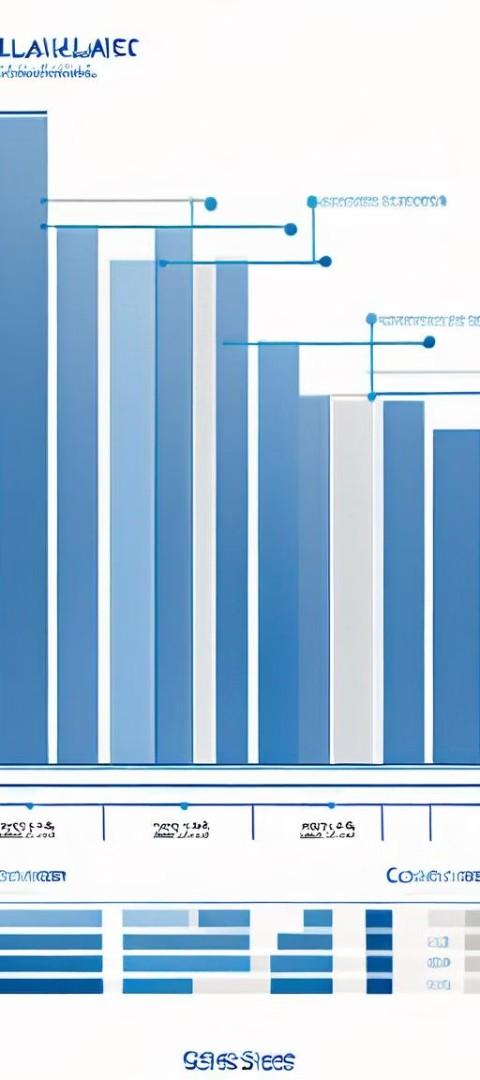

Introduction to SQL Server Dimensional Modeling
SQL Server Dimensional Modeling is a data warehousing technique used to organize and analyze complex business data. It focuses on creating a logical data structure that enables efficient reporting and decision-making.

Fact Tables and Dimension Tables
Fact Tables
Fact tables contain the core business metrics or measures, such as sales, revenue, or production data.
Dimension Tables
Dimension tables provide contextual information about the facts, such as product details, customer information, or time periods.
Relationship
Fact tables link to dimension tables through foreign key relationships, forming a dimensional data model.


Star Schema and Snowflake Schema
Star Schema
A simple dimensional model with a central fact table surrounded by dimension tables.
2 Snowflake Schema
3 Tradeoffs
Star schema is easier to understand and query, while snowflake schema can be more efficient for certain use cases.
A more complex model where dimension tables are further normalized into additional tables.

Slowly Changing Dimensions
1 Type 1
Overwrite existing data, no history kept.
3 Type 3
Add additional columns to store previous values.
2
Type 2
Add new rows to track historical changes.
4 Type 4
Maintain a mini-dimension to store historical changes.

Degenerate Dimensions
What are they?
Degenerate dimensions are dimensions that exist within the fact table itself, rather than as a separate dimension table.
Examples
Common examples include invoice numbers, order numbers, and batch IDs.
Why use them?
Degenerate dimensions can simplify the data model and improve query performance by reducing the number of joins.
Considerations
Carefully evaluate when to use degenerate dimensions to maintain a balance between simplicity and flexibility.

Junk Dimensions

Miscellaneous Junk dimensions
store lowcardinality attributes that don't fit well into other dimensions.

Efficient Junk dimensions
can improve query performance by consolidating these small attributes.

Flexible Junk dimensions
allow the data model to evolve without significantly changing the fact table structure.

Simplify Junk dimensions
help keep the data model clean and organized.

Aggregate Fact Tables



Raw Data
Fact tables contain detailed, granular business data.
Aggregation
Aggregate fact tables pre-calculate and store summarized data.
Performance
Aggregate fact tables enable faster reporting and analytics on large datasets.


Best Practices for Dimensional Modeling
1 Start with the Business
Understand the business requirements and user needs before designing the data model.
3 Be Flexible Design the model to accommodate future growth and changes in the business.
https://sqldbm.com/
2 Keep it Simple
Strive for a clean, intuitive data structure that is easy to understand and use.
4 Focus on Performance
Optimize the model for efficient querying and analysis, using techniques like aggregation.

